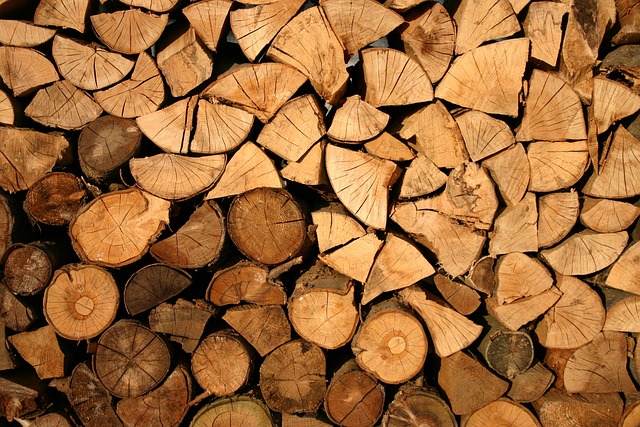The Impacts of Grazing on Deforestation: A Closer Look
In the heart of vast landscapes, the rhythmic sound of hooves and grazing livestock can evoke an image of pastoral beauty. However, beneath this tranquil facade lies a complex relationship between grazing practices and the alarming rates of deforestation that plague our planet.
Understanding Grazing
Grazing is not merely a method of livestock feeding; it is a system that intersects with environmental health, biodiversity, and land management. In many regions, it serves as a primary source of livelihood for communities. Yet, the expanding demand for livestock products puts immense pressure on natural ecosystems, often leading to detrimental consequences.
The Relationship Between Grazing and Deforestation
The connection between grazing and deforestation is intricate. As the global population grows, so does the need for agricultural land to support livestock. Forests are often cleared to create grazing pastures, thus contributing to habitat loss and biodiversity decline. Each hectare of forest removed not only displaces countless species but also disrupts vital carbon storage mechanisms that help combat climate change.
Consequences for Ecosystems
When forests are displaced for grazing, the impacts ripple through ecosystems. Soil erosion increases as tree cover diminishes, leading to decreased soil fertility and water quality. Moreover, the loss of trees means less shade and protection for the delicate plant species that thrive in these environments. Animals who once found sanctuary in these forests are displaced, causing a decline in biodiversity that affects entire food webs.
The Role of Sustainable Practices
While grazing can have devastating effects, there is hope in the form of sustainable practices. Instead of expansive clearings for livestock, rotational grazing and agroforestry can mitigate some negative impacts. Integrating livestock with forestry not only helps preserve trees but also enriches soil health. Such practices allow for livestock production without compromising vital forest areas.
The Future of Grazing and Forests
As we progress into an uncertain future, understanding the balance between grazing for livestock and forest conservation becomes increasingly essential. Innovative solutions and education can empower farmers and communities to adopt practices that respect both animal husbandry and the forests that support life on Earth. By recognizing the profound impact of grazing on deforestation, we can pave the way for a more sustainable coexistence that honors both our agricultural needs and our planet’s health.
In closing, it is crucial to reflect on our choices and their broader implications. Grazing may seem like a distinct practice but is intricately woven into the fabric of environmental sustainability. Each decision made today echoes into the future of our forests, our climate, and the diverse life they harbor.




